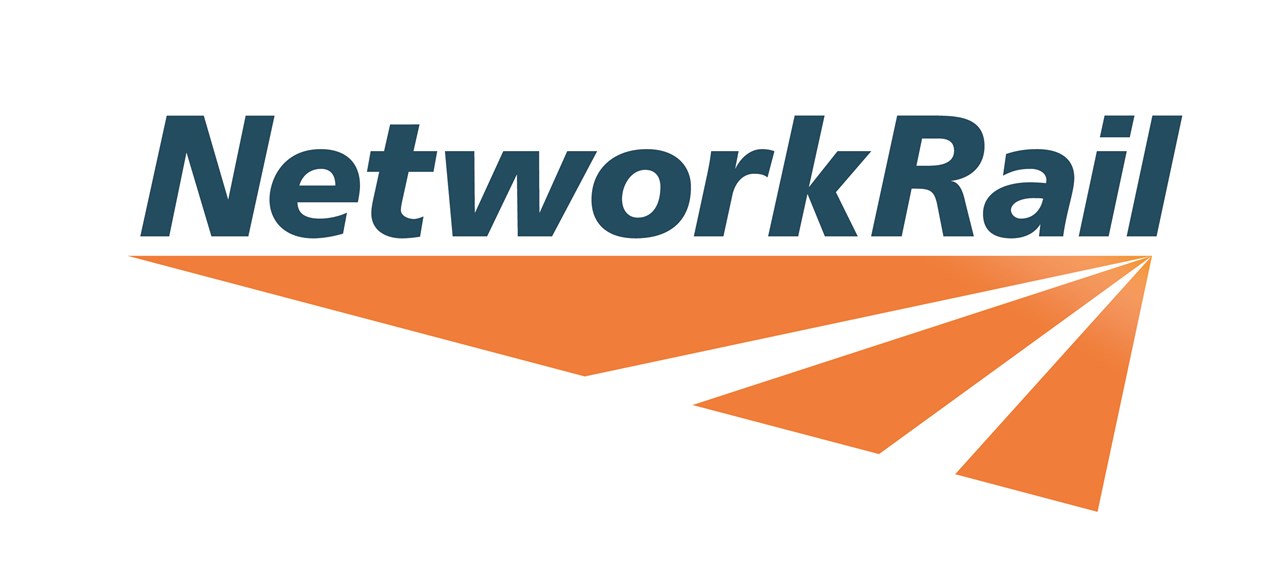Barnehurst - Slope Monitoring
Challenge
Network Rail manages nearly 200,000 earthworks assets, most of which are more than 150 years old. Victorian engineers left a highly variable range of earth structures that includes many steep embankments and cuttings with questionable drainage and few records.
Increasingly frequent severe storms have caused unprecedented numbers of failures, with February 2020 seeing close to 100 failures alone – the worst month since reliable records began. Despite this, the number of derailments attributable to earthworks failure has consistently fallen in recent years, with proactive, data-driven decision making at the heart of this achievement. Analysis of various types of information, ranging from weather data to frequent visual inspection of high risk sites has helped asset managers detect problems early, prioritise resources and manage train movements to reduce the risks. Wireless remote monitoring has proved to be a reliable method to detect the early stages of ground movement before any material has encroached on the track.
Solution
The value of wireless monitoring was demonstrated at Barnehurst on Network Rail’s Bexleyheath line in 2019. Around 200 Senceive triaxial tilt sensors and seven cellular cameras were installed on the slope above the track. In the early hours of Monday 11th February some of the nodes detected slow and gradual ground movement.
The system automatically requested further data samples from nearby nodes to see if the initial small movements were widespread. It also “told” the gateway to stay open in order to transmit data and minimise any lag in decision making. These smart characteristics combined to provide a picture of the situation at any point in time. With alerts and alarms from sensors and images from the cameras being automatically sent to the route engineers as trigger points were breached, it provided an early indication of the potential for failure.
Outcome
By the time it finally collapsed a few hours later, it left a tree and a heap of debris on the track, but everyone was ready and the line was closed to traffic. Repairs were completed and the line was re-opened a week later.
For further reading click here.
Downloads
Created on: Mon 9th Aug 2021


Key Points
- Network Rail manages 200,000 earthworks assets
-
Frequent site inspection of all sites is not practical
- Wireless remote monitoring can detect early signs of slope failure, preventing disruption and potentially saving lives


